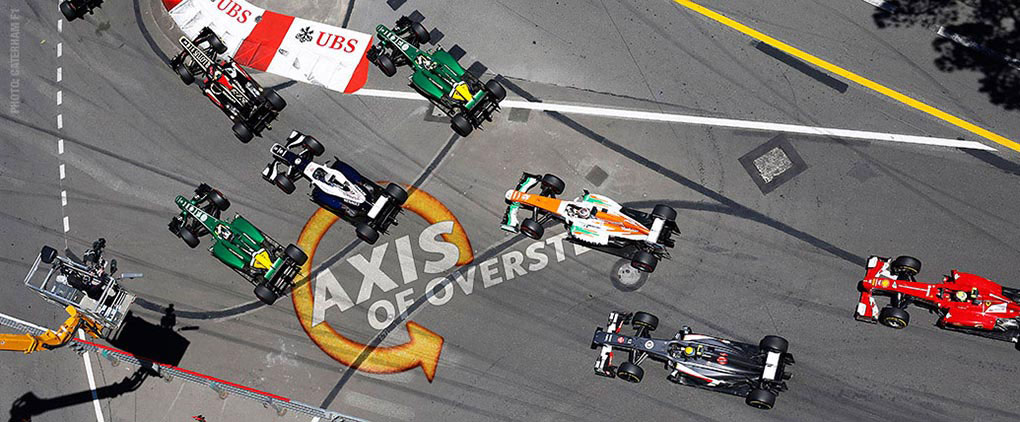 |
| Tiny holes, about a thousand, on brake disks Brembo produces for Ferrari |
Autosprint magazine is such a fantastic resource, it's been around since 1961 and always has precious insights and an alternative points of view. On our must read list along with Autosport and Racecar Engineering.
I this week's issue there is a fascinating interview with Mauro Piccoli, chief of Brembo's racing department which we'll translate for you.
Autosprint: Brakes these days give so few problems that they can almost be taken for granted, true or false?
Mauro Piccoli: They are so reliable because of the amount of work done in simulation in order to arrive at the track with components that behave as predicted. In recent years, friction materials have changed a lot. We now have types of carbon which reduce wear tremendously, even in extreme conditions (In Singapore disks only wore an average of 1 mm for the whole race). Component design has changed a lot also because it's dictated not just by performance requirements but by aerodynamic requirement.
AS: Can you expand on that?
MP: Work on air flow started with the famous "wheel covers" which were banned. Later, work was done to try and re-create the same effect without them. The other important aspect is how to manage brake temperature as a way to get tires to temperature as fast as possible.
AS: How does your interaction with the teams work?
MP: We have s "idea sets" to work on during the season. There is the aspect of weight vs rigidity and there are aspects involving fluid dynamics studies which Brembo can conduct in its facilities. We integrate with the team's techs to make sure all that is built around our disks and calipers allows them to work in the best possible way.
AS: Today we are seeing much work done on cooling vane holes
MP: It's an aspect that has taken hold since last year and is becoming more and more extreme. It requires on the one side a very deep knowledge of composite materials making it quite tricky. On the other, it's dictated by fluid dynamics, it's not enough to just dill holes in the rotors to have efficiency. We have an advanced test bed which allows us to simulate changing airflow as a function of speed, as if we were testing on a real car because for aerodynamic reasons teams want to reduce the size of cooling ducts as much as possible.
 |
| Kamui Kobayashi locking up |
AS: How different are braking styles in F1 today?
MP: A lot depends on tires. When there were different manufacturers one had to adapt style as a function of that tire's characteristics. Now with a single manufacturer there is effectively only one way to optimize braking. There are however those who are more or less aggressive.
AS: Some examples?
MP: Hamilton has his own style, he needs to "feel" front wheel lockup. On the contrary, Button very much tries for control and modulation. He might reach the same pressure peak but also manages the bakes more in the release phase.
AS: And at Ferrari?
MP: Alonso stomps on the pedal harder and generates more pressure on the system, we are talking of a pedal pressure in the 130-140kg range (+/-285-310lbs). It's similar to figures for Lewis or Jenson but Fernando is less aggressive. He likes to use a large diameter pump with a very short pedal. Pedal travel is in the order of 30-40mm, three and a half times that of the pump. Felipe prefers to manage lower pressures but as far as corner entry, there are no great differences.
AS: Everyone left foot brakes, does that cause you any issues?
MP: In the beginning there were overlaps between brake and accelerator which caused some excess of torque. We worked on various aspects which have minimized any issues.
AS: But then you have KERS which as it charges acts as an additional brake on the rear axle, has it complicated your life?
MP: In 2009, the first year, it did and we had to redesign our systems. However, having access to materials which are consistent and stable in their behavior have allowed for not having to continually fiddle with the bias adjuster. For 2014 when KERS will be twice as powerful...we'll see!
(Via Autosprint, interview by Alberto Antonini)
You can subscribe to Autosprint for your iPad HERE


Excellent read, thanks for translating
ReplyDelete